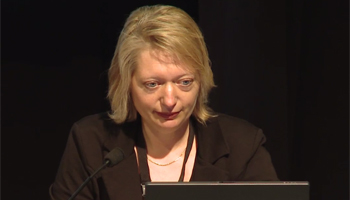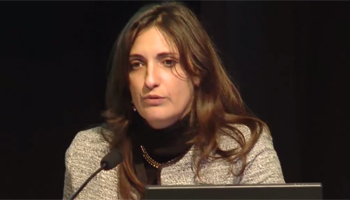Spectroscopic techniques
Plastics can be identified by using infrared spectroscopy and Raman spectroscopy. The use of IR spectroscopy to identify the polymer materials has become widespread in the conservation field.
There exists, portable infrared spectrometers for in-situ analysis, such instruments can been taken to museums to non-destructively analyse artefacts. Analysis can be more complex than with reference samples. A variety of challenges can arise, including the fact that invasive sampling is not always possible, sample size can be a critical issue, and – in the case of portable, non-invasive instruments - accessibility to the actual area requiring analysis can be problematic.
This presentation will focus on the use of FTIR, portable ATR-FTIR and Py-GCMS for the identification of plastics. It will highlight, through a number of case studies, the practical factors influencing the choice of analytical techniques as well as assess the information provided by each of them. The case studies will mostly consist of artwork created by Los Angeles artists in the 1960s and 70s using resins and plastics that were developed at that time for use in the aerospace, boat, automobile, and even surfboard industries, such as Craig Kauffman painted acrylic loops and bubbles or De Wain Valentine’s polyester discs and columns.

 Suzan de Groot “Plastics in modern and contemporary art objects non-invasively analysed and identified using Fibre Optic Raman Spectroscopy”
Suzan de Groot “Plastics in modern and contemporary art objects non-invasively analysed and identified using Fibre Optic Raman Spectroscopy” Rachel Rivenc “Plastics: Analysis in Practice”
Rachel Rivenc “Plastics: Analysis in Practice”